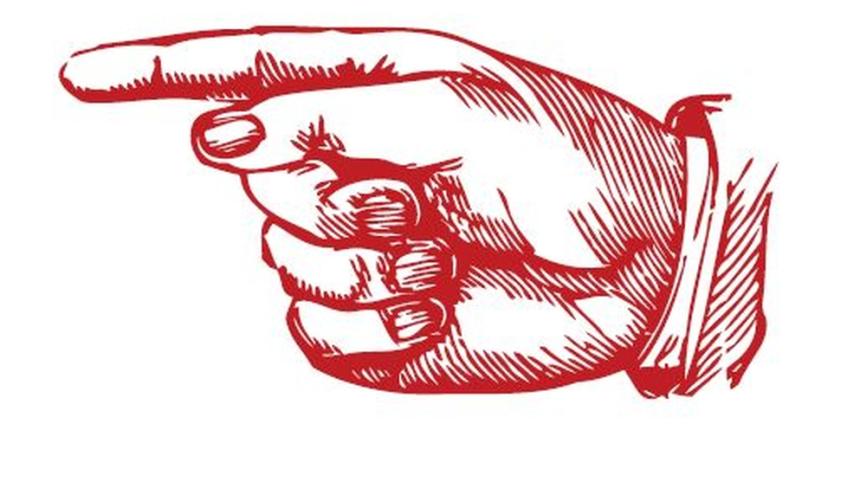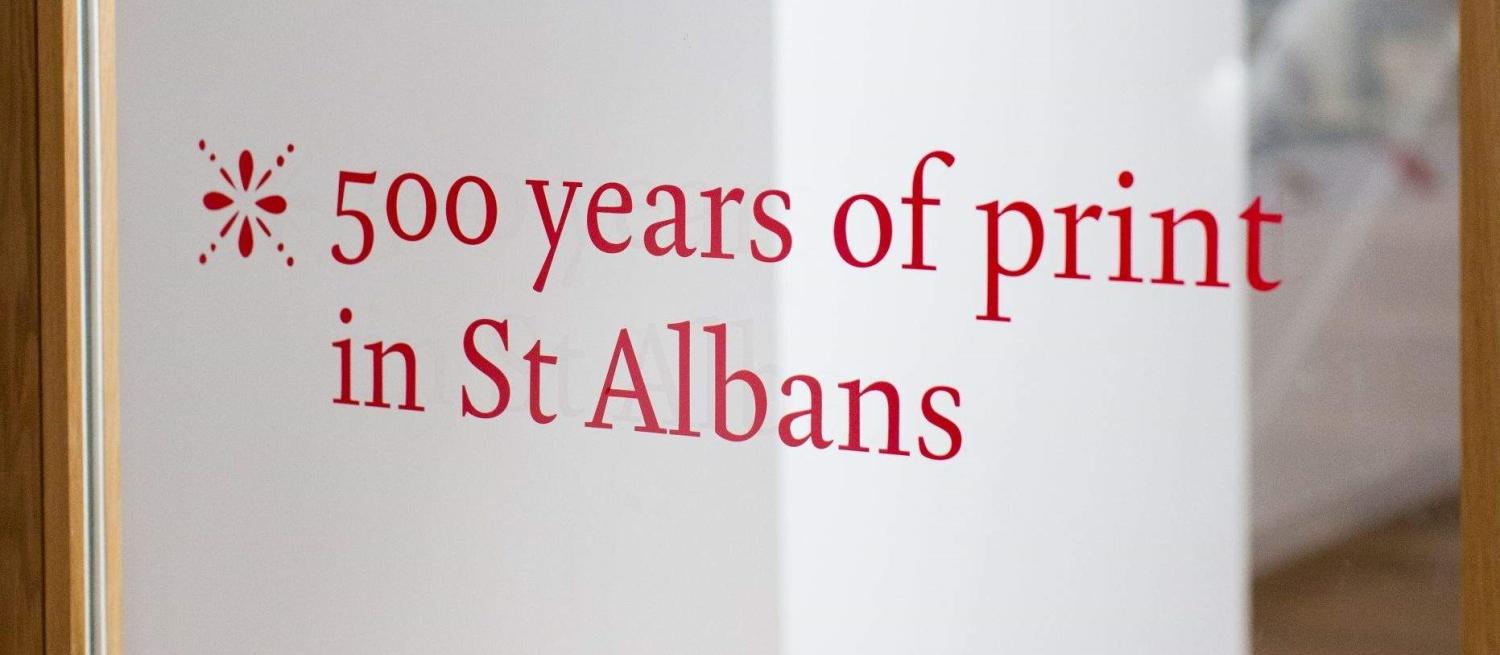William Caxton first introduced printing to England in 1476. He set up his first printing shop in London, but by 1479 St Albans had its own printing press, the third in the country.
St Albans Abbey had a reputation as a centre of excellence in the art of writing and illustrating books. This tradition began under the first Norman abbot Paul de Caen in around 1100, who founded a scriptorium, a place where the monks would have created handwritten and illuminated manuscripts. Over the following 400 years the abbey produced many documents and manuscripts including the St Albans Psalter and the Gesta Abbatum Monasterii Santi Albani that covered the history of the abbots of St Albans since 793. As such, it is no surprise that St Albans Abbey was at the forefront of those eager to adopt new printing technology soon after its introduction to England.
St Albans has been part of the story of print in England from those early days. A journey of changing technology, changing design and an industry that grew from a single press in the Abbey Gateway to multiple printing companies working across the City.

This symbol is a punctuation mark, called an index. Mmanicule come from the Latin root manicula meaning “little hand” or fist. Other names for the symbol include printer’s fist, bishop’s fist, digit, mutton-fist, hand, hand director, pointer and pointing hand.
